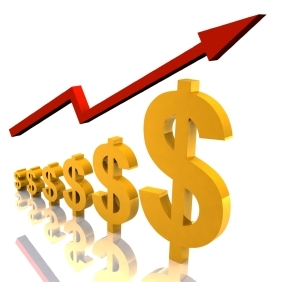 Although affordable housing was high on Mayor Bloomberg’s list of initiatives, housing costs continue to rise, due perhaps to the market subtracting units faster than Bloomberg can put them up. This has led to a spike in the percentage of income that New Yorker’s are spending on rent. According to a new Harvard paper, the high cost of housing is directly linked to the slowdown of economic growth. This is a problem that is compounded by New York’s high unemployment rate compared with the rest of the country. This seems to occur because New York hires people from out of state and few middle class residents see the benefits.
Although affordable housing was high on Mayor Bloomberg’s list of initiatives, housing costs continue to rise, due perhaps to the market subtracting units faster than Bloomberg can put them up. This has led to a spike in the percentage of income that New Yorker’s are spending on rent. According to a new Harvard paper, the high cost of housing is directly linked to the slowdown of economic growth. This is a problem that is compounded by New York’s high unemployment rate compared with the rest of the country. This seems to occur because New York hires people from out of state and few middle class residents see the benefits.
Technically, a Manhattan apartment is considered affordable if middle class residents spend less than 30 percent of their income on rent. The theory that the paper puts forward claims that high costs of living and income inequality are stopping both low and high-skill workers from moving where the best opportunities are. They are moving to the sun belt simply because they can’t afford the rent in major cities anymore. “The best places for low- and high-skilled workers used to be the same places: California, Maryland, New York,” Peter Ganong, doctoral student of economics and co-author of the paper said. “Now low-skilled workers can no longer afford to move to the high wage places.”
But the economic growth of these places depends on the best and brightest of the middle class taking up residence here and continuing to drive the creative machine that makes a city a global capital. With the higher cost, the population growth of rich states has slowed, suggesting people are looking for lower-level work in lower-level cities. Historically this balance has been the opposite, rich states had rapid population growth while poorer states grew much slower. As middle class residents finds richer states like New York less viable, the economic health of those states becomes threatened, even despite foreign investments and tourism dollars.
The city’s growing gap between the rich and poor and rising housing costs are usually deemed an unfortunate but unavoidable side effect of New York’s economic growth. But looking at how these things can in fact impede economic growth leads to an extremely different and incredibly important conversation about the future of New York City’s Housing policy.





